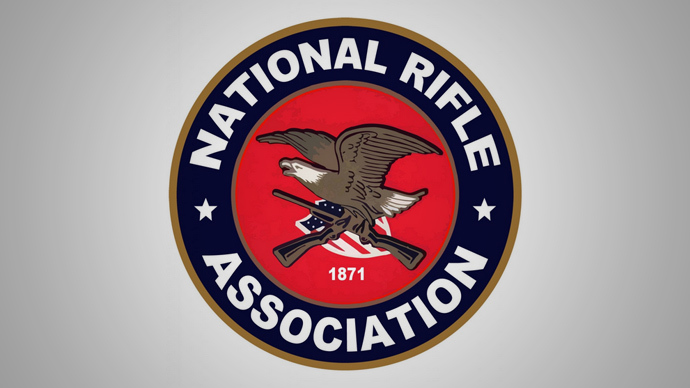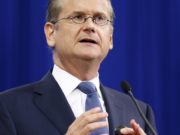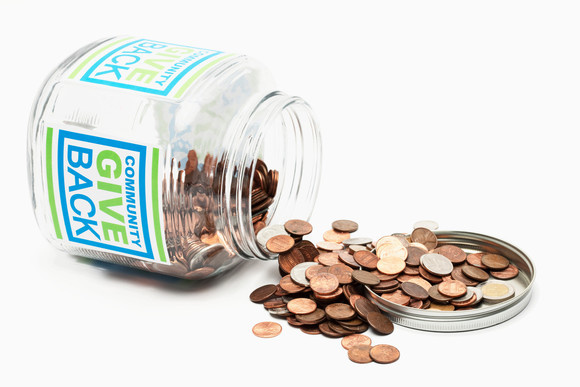Last week, the Sunlight Foundation – an organization that supports increased donor disclosure for nonprofit groups that occasionally speak about candidates and issues as a small part of their overall mission – published a blog post examining the oft-discussed political influence of the National Rifle Association (NRA). It concludes that the NRA’s reach is not due so much to its direct contributions to candidates and political parties, but rather to its independent political spending for or against certain candidates. It also points out – correctly – that the NRA’s political activities garner a uniquely large amount of attention and scrutiny for a single group. It is worth further examining what makes this organization so powerful – and so reviled by its opponents.
First, the structure of the NRA’s political spending could do with some clarification. The authors point out that spending by “the NRA” actually refers to spending by multiple groups, each governed by different rules. The NRA itself is a 501(c)(4) advocacy nonprofit – a “social welfare” organization that seeks to promote gun rights generally, but faces restrictions on its political activities. The NRA’s political arms are the NRA Institute for Legislative Action (a lobbying organization incorrectly referenced in the article as a 501(c)(4) called the “Institute for Legal Action”) and the NRA Political Victory Fund (a registered political action committee). This structure is not unique – many advocacy groups on both the right and the left have separate but affiliated 501(c)(4) groups and PACs (and sometimes 501(c)(3) affiliates as well).
There is consistent rhetoric (primarily from left-of-center voices) about “standing up to the NRA,” and attacks against the organization manifest themselves in different ways. In the campaign finance realm, such attacks typically condemn the NRA as an organization with narrow interests that “buys” politicians and pushes policies that the general public does not want – oftentimes tarring its spending with the pejorative (and misleading) moniker of “dark money.”
Both these points are untrue. According to data from the Center for Responsive Politics, to date, total outside spending on federal elections in the 2016 cycle – that is, spending not by candidates and parties –was $727 million through September 13th. Of this total, the NRA and its affiliated groups spent about $11.2 million, or 1.5% of the total amount. For the sake of comparison, spending by the Service Employees International Union was relatively similar ($666 thousand lower than the NRA’s spending to date, to be exact). To be clear, these figures don’t even consider the amount raised so far just by presidential candidates themselves– about $992 million.
If these statistics make one thing clear, it’s that the NRA’s political spending is a mere drop in the bucket when compared just to overall independent spending, let alone to all federal political spending. What’s more, concerns about some of this spending being “dark money” (which has accounted for less than 5% of total political spending federally since 2010) are also overstated. There is an abundance of public information regarding what ads the NRA has run, which candidates those ads supported or opposed, and a litany of other information about its political activity, just as with every nonprofit that does not itemize its donations. For the political arms of the NRA, the names, addresses, occupations, and employers of citizens contributing more than $200 in an election cycle are also publicly disclosed.
Moreover, so-called “dark money” groups like the NRA, Planned Parenthood, the U.S. Chamber of Commerce, or the Sierra Club are well-known to anybody who follows politics even remotely. Their goals and positions are hardly unknown or unfamiliar – indeed, they tend to be explicitly stated on their websites.
In this sense, the NRA’s political activities are unremarkable when compared to the political activities of other organizations – after all, many groups spend as much or more on political activities, report their funding sources and targets to a similar extent, and single-mindedly focus on one issue area. The demonization of the NRA seems less the result of any wrongdoing regarding campaign finance, but rather because political speech restrictionists also happen to strongly disagree with the group’s views.
So where does the NRA’s influence come from, if its structure and spending are not actually unique? One sentence in Sunlight’s post is particularly revealing. The authors write, “In a representative democracy, politicians often vote based on fear of losing their seat.” While it is heartening that Sunlight does not think that politicians are being outright bribed by advocacy groups, they still omit a key element of persuading lawmakers – namely, politicians care more about a group’s message if many voters also care about it.
After all, independent groups like the NRA spend money on political activities because they are each trying to make an impact on issues that their supporters care about. The $1 million spent by NARAL Pro-Choice America and the $236,000 spent by various Right to Life groups so far this cycle represent conflicting priorities, but both represent the views and desires of a bloc of voters. Unless imposing a specific viewpoint is more important than maintaining open democratic discourse, the political success of one group or another should not motivate anyone to call for restricting groups’ free speech rights.
At the end of the day, the NRA is powerful not because of the money it spends, but because the source of that money is millions of dues-paying members (between 3 and 4.5 million depending on who’s counting). The NRA advocates on behalf of a highly motivated group of citizens who feel more strongly about a single issue than the average voter. Despite facing furious condemnations from some voices, the NRA is more popular than the major party presidential nominees and has polled higher than President Obama in the past.
It is not surprising that organized and responsive interest groups are effective at influencing politics. The essence of representative democracy is ordinary, like-minded citizens pooling their resources to amplify their voices. The NRA is one of the clearer examples of why money is essential to free speech, especially for those who are not independently wealthy. To take just one more example, the NRA’s PAC raised about $17.3 million in the 2016 cycle so far, and only about $1.7 million of that came from “large” contributions of over $200. How would small donors have been able to make their voice heard as effectively without having the opportunity to participate in this way?
Those who say that lawmakers should “stand up” to these organizations are truly saying that they should stand up to voters whose priorities they dislike. At least, that’s the more honest way of putting it.
The Sunlight Foundation aims to educate readers about the nature of the NRA’s political activities. However, by narrowly defining its influence in terms of its spending, Sunlight ignores the crucial role of the NRA’s membership, which looks to the organization as a source of knowledge about candidates’ views on gun policy, and as a vehicle for promoting their views. Like many other groups, the NRA is successful because it speaks directly to its members about an issue they care about. That’s a feature, not a flaw, of our political system – one that any group or cause should be allowed to utilize.














